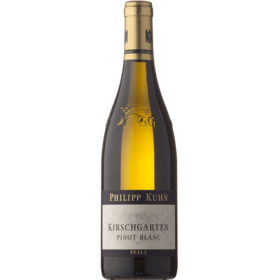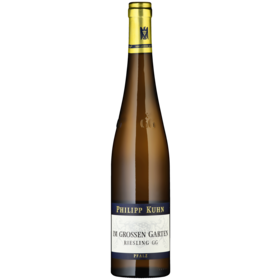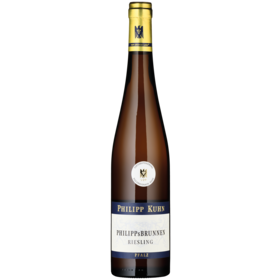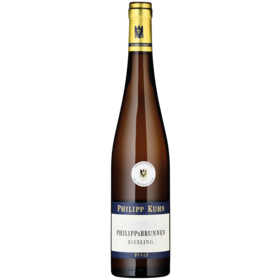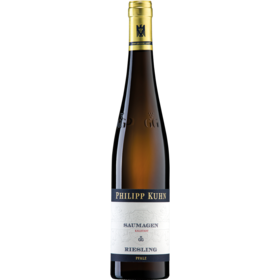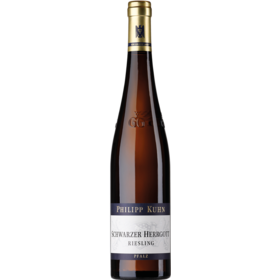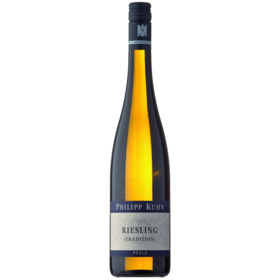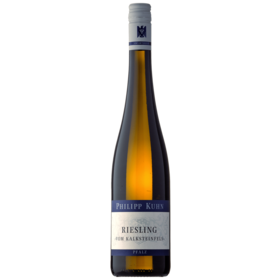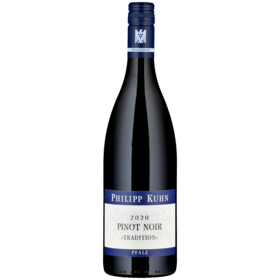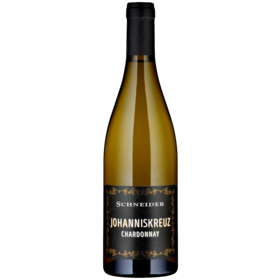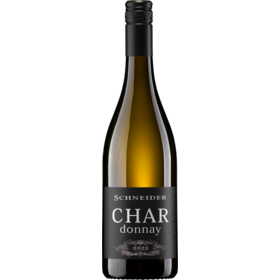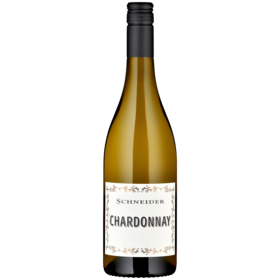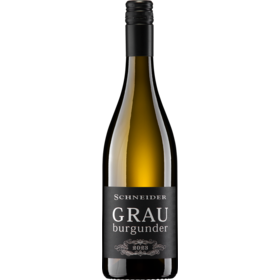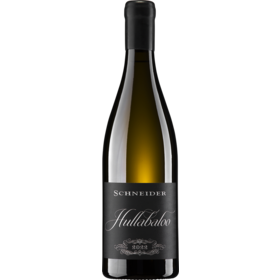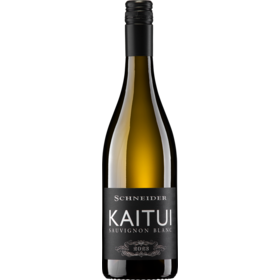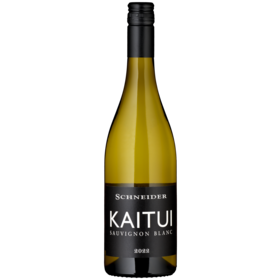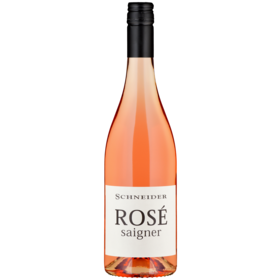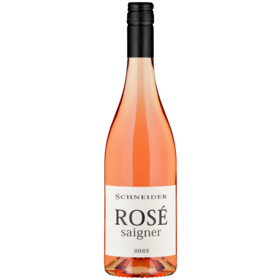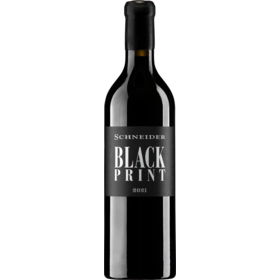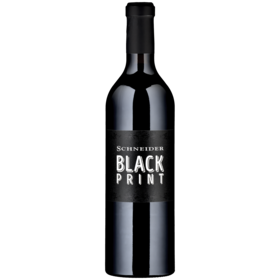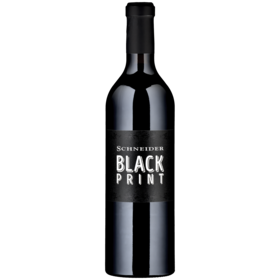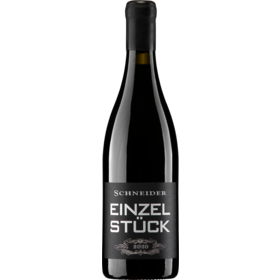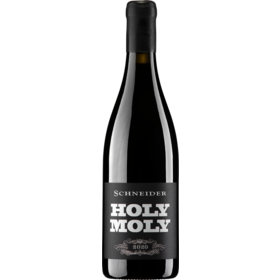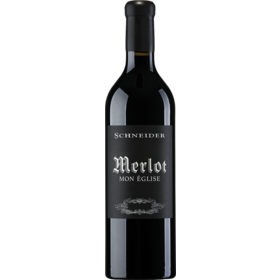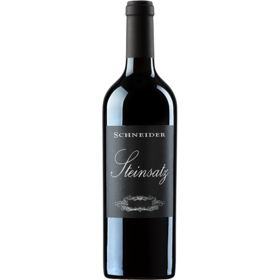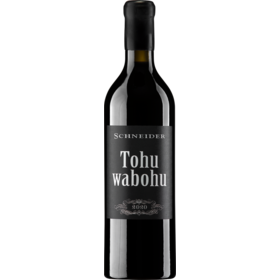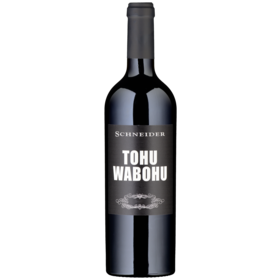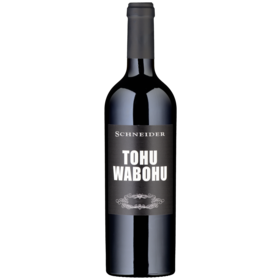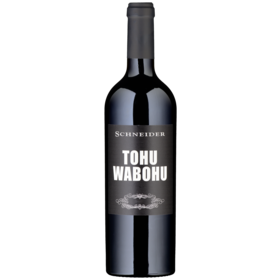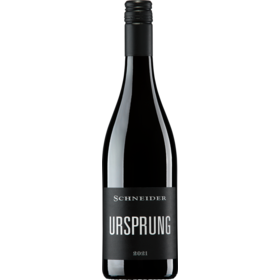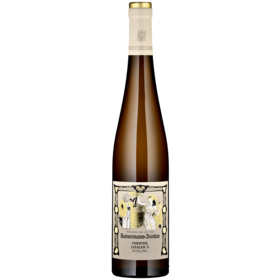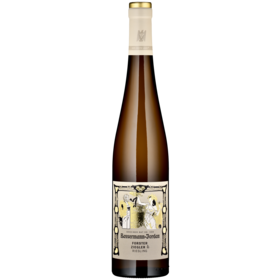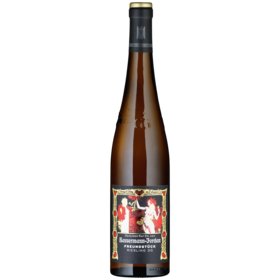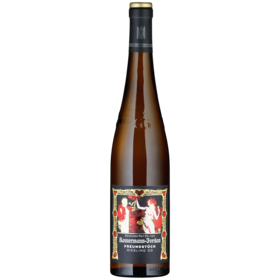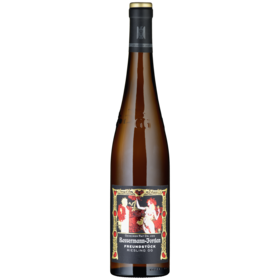Germany
Pfalz
Germany’s second-biggest winegrowing region, the Pfalz, occupies a long strip of land on the eastern side of the Haardt mountains. Regarded as the country’s most innovative wine region, it is the source of many top wines, both red and white.
The vineyards of the Pfalz, both undulating and flat, are situated on the western side of the Rhine basin under the evening shadow of the Palatinate Forest. Encompassing almost 23,400 hectares, this south-western region accounts for a quarter of Germany’s total vineyard area and comprises two main districts, Mittelhaardt-Deutsche Weinstrasse and Südliche Weinstrasse.
Riesling, Pinot Blanc and much more besides
The Pfalz is considered one of Germany’s warmest wine regions, offering optimum growing conditions with around 2,000 annual hours of sunshine. Its deep, nutrient-rich soils, usually comprising a mix of loam, sand, marl and clay, provide fertile ground for a wide range of grape varieties. Flagship grape Riesling now covers over 5,000 hectares across the whole region and plays a very important role in sparkling production along with Pinot Blanc. The Pinot varieties – Weissburgunder (Pinot Blanc), Grauburgunder (Pinot Gris) and Spätburgunder (Pinot Noir) – thrive in the southern half of the Pfalz. Red wine is also very important in the Pfalz. Indeed, more red grapes grow there than in any other German wine region. Apart from fine Pinot Noir, often matured in oak, other popular red varieties in the Pfalz include Dornfelder, Portugieser and Saint Laurent.
Committed to quality
Viticulture in the Pfalz has a very long tradition that dates back to the Romans. For much of the second half of the 20th century, the region damaged its own reputation by pumping out a sea of sweet, mass-produced wines. The Pfalz has come a long way since then. Nowadays, the overwhelming focus is on dry wine. Quality has gone through the roof. In particular, Rieslings from the Pfalz are regularly among the best performers in national and international tastings and competitions, while the region’s outstanding reds frequently land on the winners’ rostrum at German award ceremonies.


